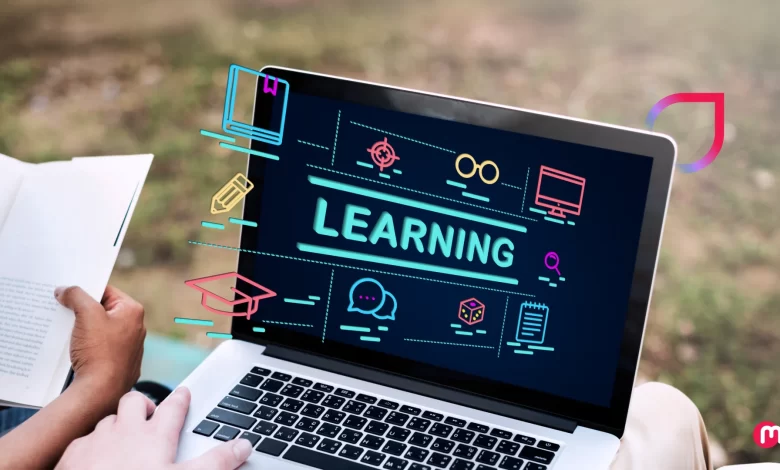Education Software Development: A Complete Overview

Educational software development has become a necessity for schools, universities, and businesses in the education industry. It is transforming how learning is delivered, making it more accessible, effective, and aligned with evolving industry needs. The future of education is unfolding through educational software, with virtual classrooms connecting students globally, real-time tracking tools, automated grading systems, and student-parent portals enhancing the learning experience.
In 2025, we can expect even more powerful tools like AI-driven tutoring, immersive learning with AR/VR, and integrated platforms providing real-time insights and feedback. To keep up with the pace of time, everyone from schools and universities to corporate training and EdTech startups is investing in educational software development.
The global EdTech market is booming and is expected to reach $348.41 billion by 2030, growing at a CAGR of 13.3% from 2025 to 2030. A Gallup study found that 81% of teachers, 88% of principals, and 92% of administrators agree that digital learning tools are integral to teaching and learning.
Institutes and organizations are investing in eLearning software development to create specific learning environments that align with their curriculum, engagement strategies, and long-term goals. But how is educational software built? What are the key stages and challenges in the development process?
Educational software development involves creating digital tools and platforms to support learning, teaching, and academic administration. It includes designing and building custom applications such as learning management systems (LMS), eLearning platforms, virtual classrooms, assessment tools, and interactive education content. These solutions enhance the learning experience by making it more accessible, engaging, and personalized for students, while also improving efficiency for educators and institutions.
There are various types of educational software, each serving a unique function within the education ecosystem. These include tutorial software, learning management systems, student information systems, virtual classrooms, drill and practice software, simulation software, instructional management software, assessment and testing software, authoring systems, and game-based learning software.
Building custom education software offers several advantages, including serving specific goals, scalability and flexibility, actionable analytics and insights, enhanced user interaction, and becoming a market differentiator. Custom education software development ensures that the platform evolves with the institution’s growing needs.
Key features of educational software include video learning, course and content management, AI teaching assistants, interoperability, adaptive learning and personalization, learning analytics and predictive insights, smart assessment and auto-grading, gamification tools, robust data sharing, and progress tracking. These features are essential for creating effective and engaging learning experiences.
The development process of educational software involves market research and needs analysis, partnering with a reliable software development company, defining clear objectives and MVP scope, selecting the right technology stack, UI/UX design, software development and testing, deployment, and continuous improvement.
Common challenges of education software development include aligning varying user expectations, scalability, delivering consistent functionality across devices, integrating with other tools, and optimizing code or infrastructure too early.
The cost of educational software development varies depending on the features, complexity, and development approach, ranging from $25,000 to $250,000+. The future of educational software looks promising, with advancements in technology like AI, real-time data analytics, and immersive tools shaping personalized and engaging learning experiences.
In conclusion, educational software development is essential for the future of education, offering personalized, adaptive, and efficient learning experiences. Investing in custom software solutions allows institutions to stay relevant, competitive, and impactful in a digital-first world.





